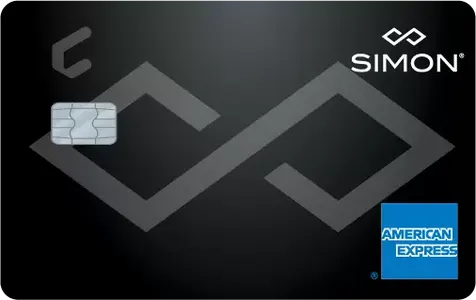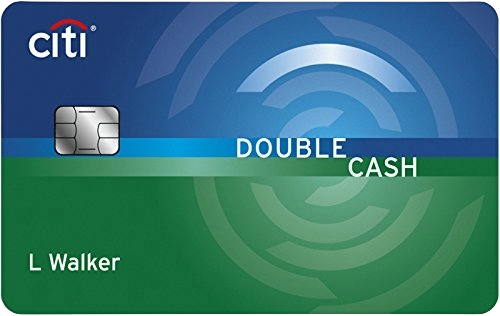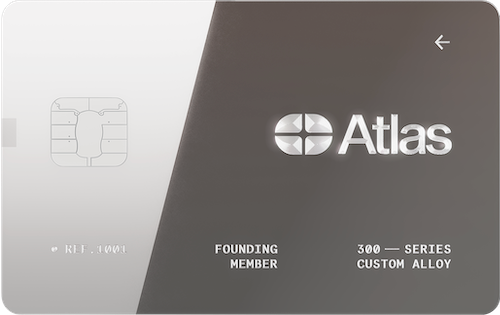CardsFTW #89: A Shifting Credit Card Market
Plus, we are launching another newsletter!
Expanding FTW: ProductFTW
For the past couple of months, the Totavi team and I have been working on launching a second newsletter: ProductFTW. In our work as product consultants, we encounter a lot of questions that go beyond fintech and card issuing topics into core product management concepts. We want to help product leaders be successful by giving realistic approaches that aren’t for giant tech companies. We know you don’t have a full-time product designer on each team. We know your software probably hasn’t been used by millions worldwide yet. We’re here to bridge the content gap from building your product and team to scaling it.
If you’re interested in Product Management, please subscribe today at www.productftw.com.
Now, back to our regularly scheduled programming.
A Shifting Card Market
I’m starting to see a couple of indications of new pressures on credit card issuers. The broader economic environment has led to higher interest rate charges. Depending on who you ask, the average APR of a credit card in the U.S. is now somewhere between 22 and 27%. Charge-offs at major banks are up, with Discover reporting a 4.03% rate in its last report.
On the fee side, the Consumer Financial Protection Bureau is pushing fee reductions, with an open proposal for a regulation to limit late fees to $8 from their typical $25-35 range. Already, we are seeing some card issuers go with no late fee or $8 late fees, such as the Simon Malls American Express Card and the Apple Card.

Rewards, on the other hand, continue to grow. We mentioned PNC’s entrance into the flat 2% cashback game in CardsFTW #84. Citibank pioneered the 2% cashback category about a decade ago with the Double Cash Card. That card is now offering a signup bonus publicly for the first time; previously, Citi was able to attract enough new cardholders with the core offering alone.

I’ve been working in consumer payment products for nearly 20 years. Today’s consumers are more educated than ever about their options, and online applications for many products mean they can find the right product more easily. Whether it’s marketplace sites like CreditKarma or NerdWallet, blogs like The Points Guy, or personal finance creators on TikTok, consumers are more knowledgeable than ever, and issuers are under intense competitive pressure to create great products.
The outcome of the 2024 U.S. Presidential election could influence the implementation of the proposed $8 late fee limit. I have traditionally told folks that credit card revenue can be considered three roughly equal portions: interchange, net interest margin, and fees. As regulators squeeze on the fee portion, but consumers demand rewards, and interest rates and charge-off dynamics squeeze net interest margins, something will have to give.
I’m not sure if it’s who I hang out with, but I am getting the impression that more people are willing to pay annual fees for credit card products. When cards were first introduced, many had fees. A key part of Discover’s original pitch in the 1980s was a fee-free rewards card. An era of no annual fee cards has reigned, but the dynamics are challenging. I don’t know why everyone thinks money movement should be free, but if you’re not paying an annual fee, you’re paying somewhere else. It’s not as though banks are altruistic organizations that like to lose money on products.
This dynamic is especially evident in fintech, where issuers lack scale and extremely cheap borrowing costs. A fintech card issuer may have a capital cost of prime plus 1% up to 10%, leading to a cost of capital of 6-15%. Meanwhile, Chase and Bank of America still pay 0 - 0.01% APY on their checking account balances and have plenty of capital to lend.
As a result, many fintech consumer cards, which otherwise include interesting rewards features and other benefits, are hamstrung by their underlying capital costs. Cards are, after all, a lending game. Even worse, revolving credit is tough to build, so many startups use a charge construct (pay in full each month), which means the company bears a lending cost (for the purchases made during the statement period before payment is due) but no lending revenue. That’s a recipe for disaster. At the extreme end of the spectrum, you can see a product like the Atlas Card, which has a $999 annual fee. That seems like a hard sell.

I don’t think these dynamics are permanent. Interest rates may come down later this year. Efficiencies in fintech issuing may lead to lower costs. However, the pressure on bank card units to grow and compete in a broad national market will not. Issuers will need to find new angles of competition. Consumers don’t need more than one 2% cashback card or three airline cards. To my prediction of last week, I think this is the decade of card innovation, and we will see breakthrough products.
CardsFTW
CardsFTW is a weekly newsletter, released most Wednesdays, that offers insights and analysis on new products in the credit and debit card industry for both consumers and providers. CardsFTW is authored and published by Matthew Goldman and Ellen Perl of Totavi, LLC. Totavi is a boutique consulting firm specializing in fintech. We bring real operational experience that varies from the earliest days of a startup to high-growth phases and public company leadership. Visit www.totavi.com to learn more.
*Indicates a company where Totavi, LLC has a business relationship.
